Nosferatu, Silent Film with Organist Jay Spencer
October 26, 2025 2:30 pm
Nosferatu: A Symphony of Horror is a 1922 German silent Expressionist horror film directed by F.W. Murnau, an unauthorized adaptation of Bram Stoker’s Dracula. The plot follows estate agent Thomas Hutter as he travels to the castle of the mysterious Count Orlok to finalize a real estate deal, only to discover Orlok is a vampire who follows him to his town, bringing plague and death. The film is known for Max Schreck’s iconic portrayal of the gaunt, rat-like vampire, its haunting atmosphere, and its influential imagery of the vampire’s shadow and connection to disease, which establishes foundational vampire film tropes.
Organist Jay Spencer has been playing the organ at the Canton Palace Theatre since the early 90s, and performing with Silent films there for thirteen years. In addition to performing on the organ, Spencer has also spent a great deal of time volunteering at the Palace Theatre, from concessions to ticket taker, he says he “loves everything about it [the theatre]”. Spencer prepares his repertoire for silent film accompaniment by watching the film several times and then utilizing popular music from the era to compliment the themes and characters of the films.
The E.M. Skinner Pipe Organ, Opus 582 is the only remaining Skinner organ in the area. The organ features a four manual consoles, 67 stops, and nearly four thousand pipes that vary from the smallest which is the size and weight of a #2 pencil to the largest which is 30 inches by 32 feet and weighs 750 pounds. There are 58 ranks altogether.
Organist Jay Spencer has been playing the organ at the Canton Palace Theatre since the early 90s, and performing with Silent films there for thirteen years. In addition to performing on the organ, Spencer has also spent a great deal of time volunteering at the Palace Theatre, from concessions to ticket taker, he says he “loves everything about it [the theatre]”. Spencer prepares his repertoire for silent film accompaniment by watching the film several times and then utilizing popular music from the era to compliment the themes and characters of the films.







